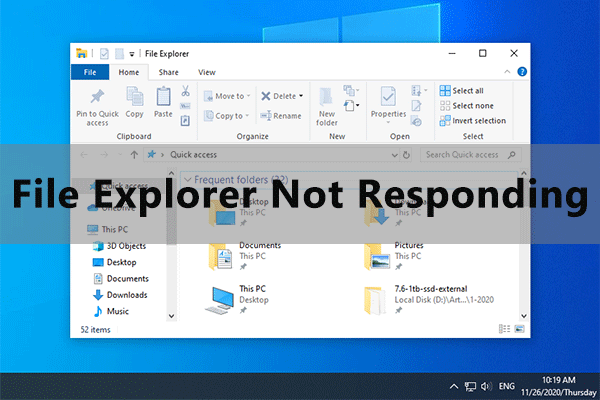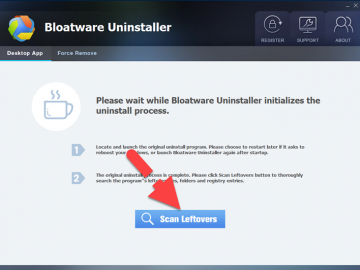
They look too small for the screen resolution. However, there are some third party apps, which don't render properly on high DPI screens.
DRAFTSIGHT 2016 NOT RESPONDING WINDOWS 10 WINDOWS
At such resolutions, Windows automatically turns on DPI scaling so everything on your screen becomes larger. Or you may have a desktop monitor with 4K resolution.
DRAFTSIGHT 2016 NOT RESPONDING WINDOWS 10 PC
Today, many PCs ship with very high resolution displays even if the PC form factor is smaller for example, an Ultrabook or a tablet. If the drawing file (DWG) will not open at all: Solution: Use the following guidelines and instructions to clean, repair, and recover your drawing.RECOMMENDED: Click here to fix Windows issues and optimize system performance Refer to Error: "Drawing file is not valid" when opening a file in AutoCAD if you receive the "Drawing file is not valid" error when opening the DWG file.Your drawing may show the message "Drawing file is not valid," display a message about errors being found, hang or crash during the open process, or simply may not appear in AutoCAD after you have selected to open it (i.e., you open it but all you ever see is the default "Drawing1.dwg" or another file that you currently have open). dwl or dwl2 files in the folder directory. These are two hidden files that have the same name as the. In the Windows Control Panel, go to Folder Options. On the View tab, turn on the option to show hidden files. You can then go back to the folder directory and delete the. If neither of the above options allow you to open the DWG, move on to the next set of steps.ĭwl2 files if they are found alongside your DWG file. Be sure to stop and try to open the file after each one. Open a blank DWG and run the RECOVERALL command.Open a blank DWG and run the RECOVER command.If the file opens, there is no need to continue to the rest of the steps. AutoCAD will attempt to recover the file and open it.Open a blank DWG and run the INSERT command.Select the problematic file and see if it will insert. If it does, then run EXPLODE and select the inserted block. Run AUDIT and PURGE commands, and then use SAVEAS to create a new DWG.Look in the same directory where the DWG resides and see if there is a BAK file of the same name.If so, rename the BAK extension to DWG and see if the file can then be opened.Look in C:\Windows\Temp for files with an SV$ extension.If any exist with a similar name to the corrupted DWG file, then rename the extension to DWG and see if it can then be opened.Try opening the drawing using DWG Trueview.If you can open it there, convert the drawing to an older DWG version and try opening again.Go to your backup system and restore the file from a time before it became corrupted.Perform the following steps in the order listed:.Purge Registered Applications (from the command line).

"N" when asked to verify each name to be purged, then Enter."R" for Regapps (registered applications), then Enter. Detach all external references (XREFs).Ensure all layers are on, thawed, and unlocked.If the drawing persists with problems, try the following steps: CTRL A and CTRL SHFT C in the corrupted drawing.Open the corrupted drawing and a new drawing."Y" for Yes to fix any errors, then Enter.With all checkboxes checked on, click Purge All. Type SAVEAS and create a new file name.Uncheck "Specify On-screen" and check "Explode", then OK.Insert the file created in Step 3 (from the command line).Use a selection window to choose only the necessary objects from the file (do not simply type ALL).Under Objects, click the "Select objects" icon.Write Block all necessary information in the file out to a new drawing (from the command line).Double-check that the xrefs do not have circular attachments.

They can be done in any order, but have been listed in the order that Autodesk recommends. Open a blank DWG and type RECOVER at the command line.If the problem is resolved, you don't need to continue. Type OVERKILL at the command line, and select all objects.Browse to the problematic file to allow AutoCAD a chance to restore the file. The DGNPURGE tool can be run if the file size is unexpectedly very large (see AutoCAD DWG files unexpectedly increase in file size ).Type FILTERS, then click on the 'delete filters' button.Type -SCALELISTEDIT, then "R" for reset, then "Y" for yes.Type BREP and select all objects (if there are solids or surfaces in the file).Type DELCON at the command line, and select all objects.Check or uncheck properties to include or ignore, then click OK.


 0 kommentar(er)
0 kommentar(er)
